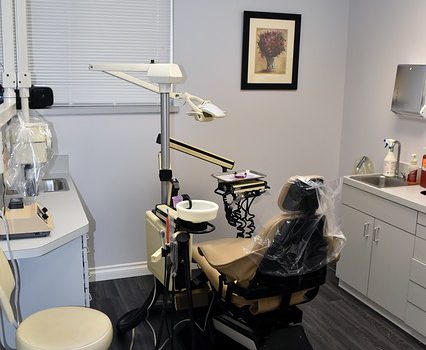Proving a Dental Malpractice Claim
Like other healthcare providers, dentists don’t commit malpractice just because their efforts were not successful or less successful than hoped. The patient must show that the bad result was caused by the dental professional’s failure to exercise the degree of care and skill which is expected of the of a reasonably prudent dentist in Washington acting in the same or similar circumstances. In addition, this negligence by the dentist must be a proximate cause of the injury to the patient. RCW 7.70.040.
Meeting a plaintiff’s burden of proof in a dental malpractice action will almost always require expert testimony of another dental professional.
This expert will be need to have experience with the particular procedure that injured the patient, so the expert can testify as to the accepted standard for performing the procedure.
The plaintiff will need an opinion from this expert concerning what specifically the defendant dentist did or failed to do that fell below the standard of care for performing the procedure.
It is not enough, however, to show substandard care. Expert testimony is also critical to establish causation, or that the patient would not have been injured but for the dentist’s substandard care. This may not be as simple as it sounds, and may involve establishing that the injuries did not result from a pre-existing condition, or a natural complication of the procedure of which the patient was warned.
Injuries From Dental Malpractice
Injuries from dental malpractice include defective bridges or crowns that cause harm to teeth or gums, improper or needless extraction of teeth, and injuries to the nerves of the jaw, tongue, and lips. As in any negligence action, damages in a dental malpractice action can be both economic, such as the cost of correcting the dentist’s mistakes, and non-economic, such as the pain and suffering caused by the substandard care.

